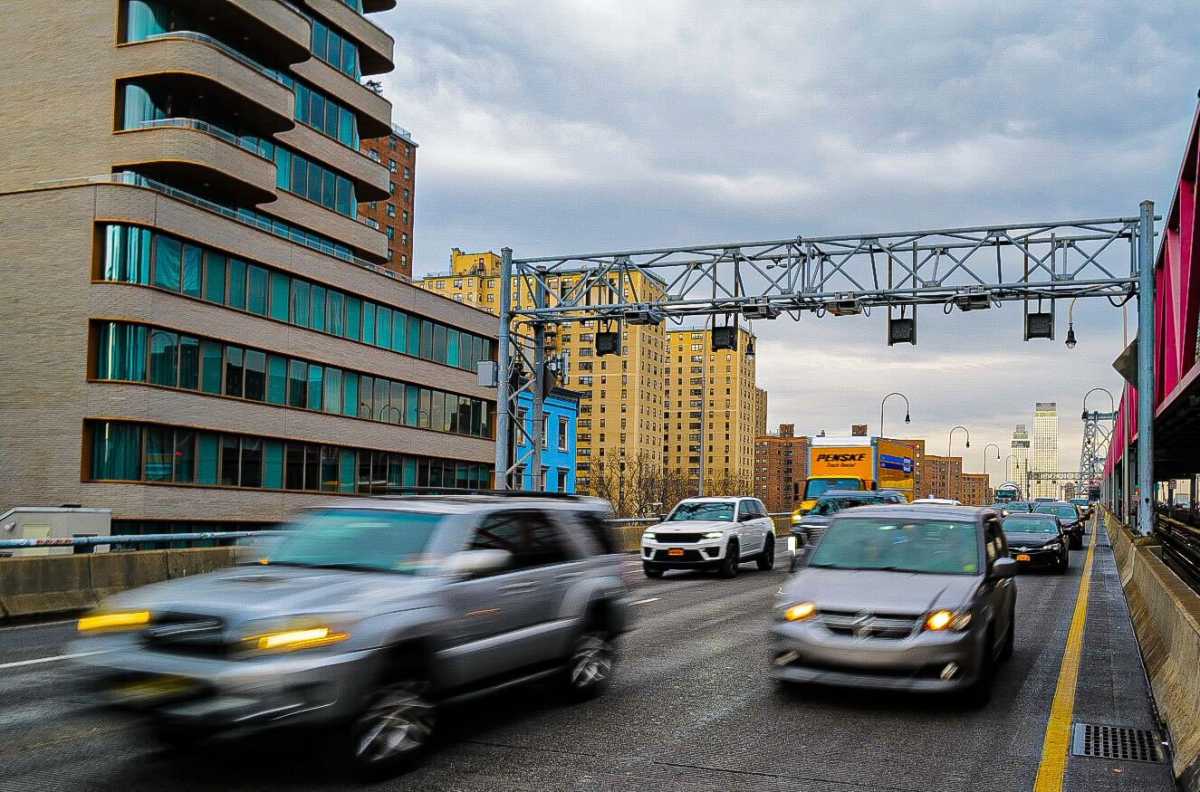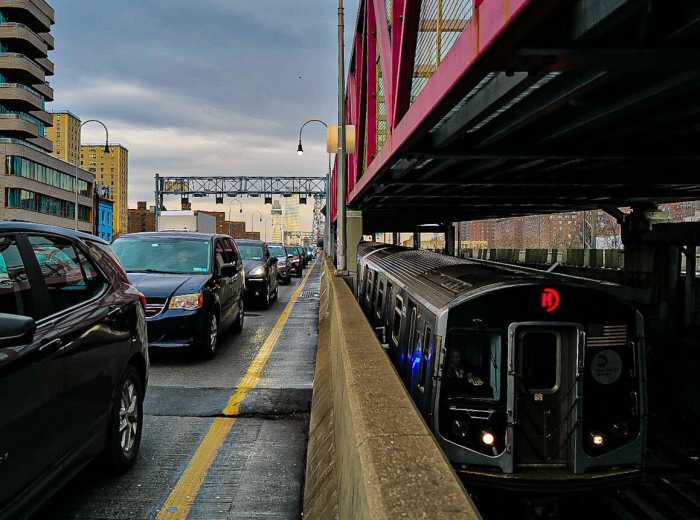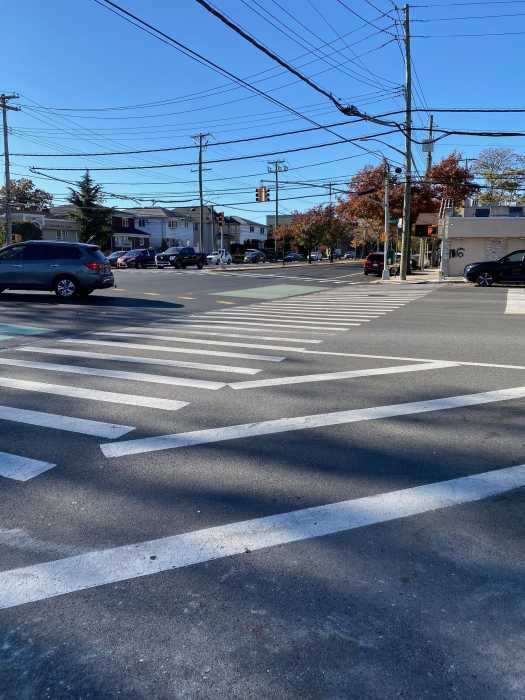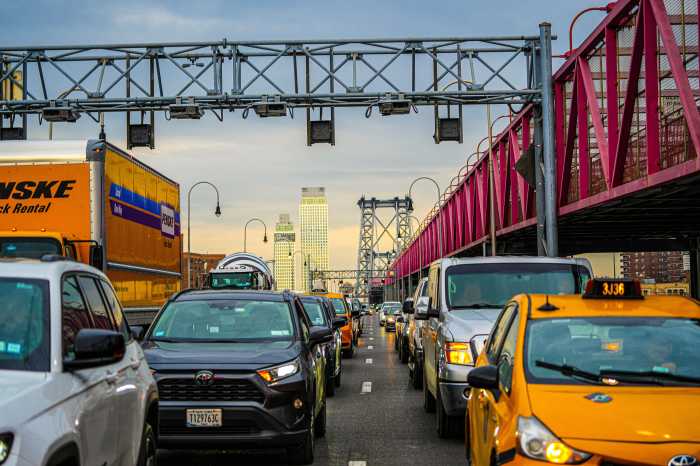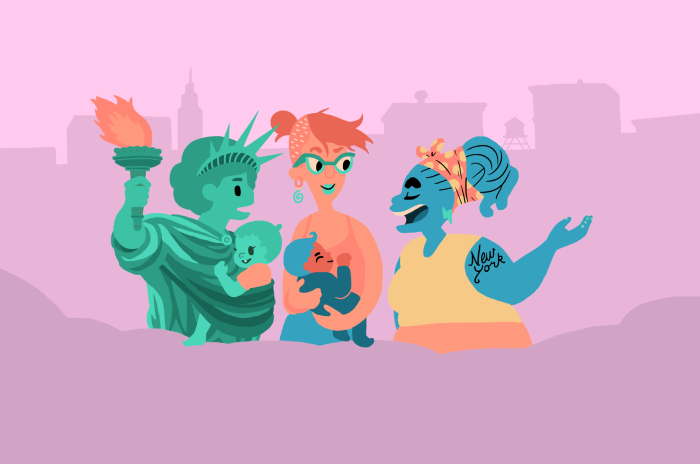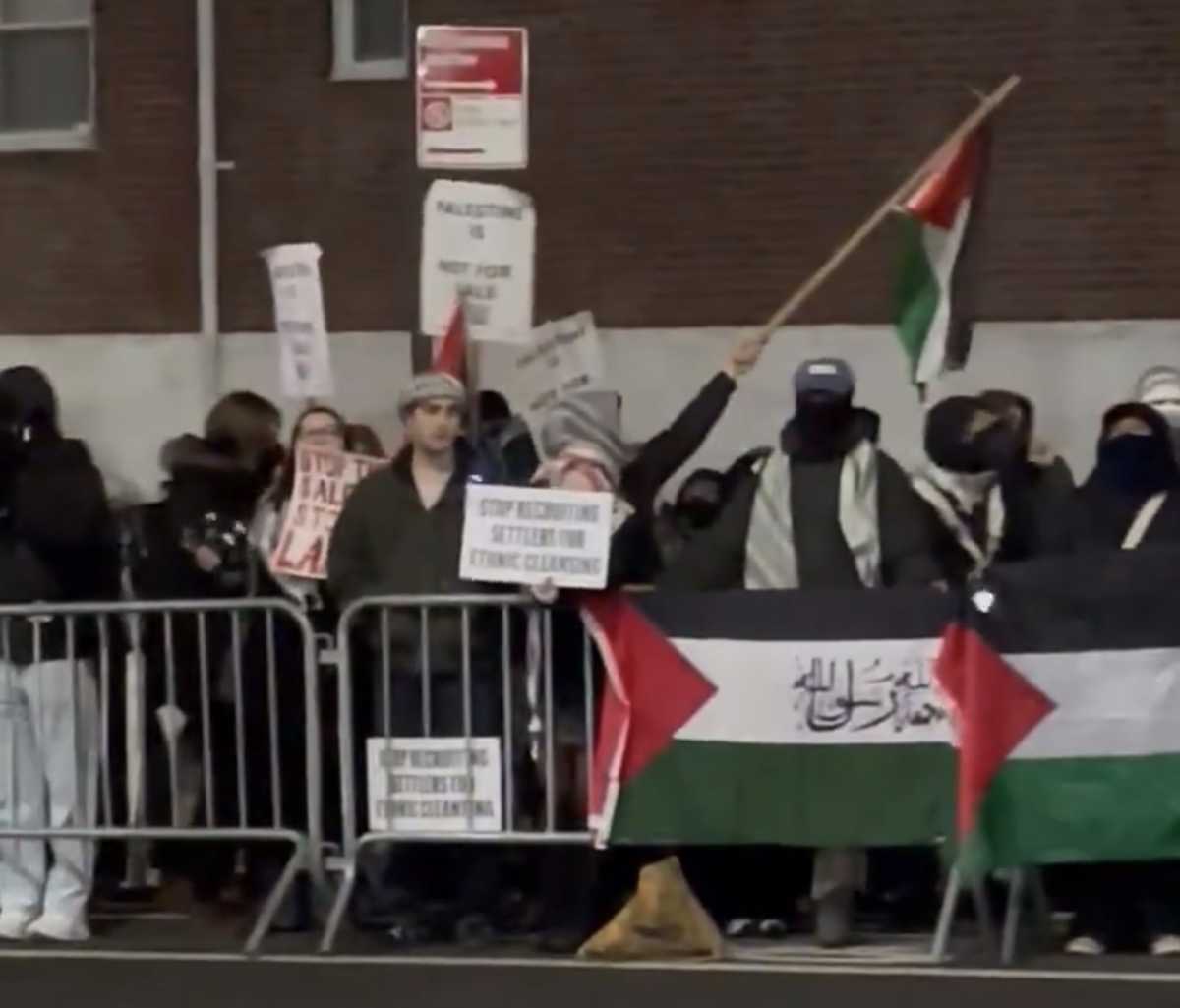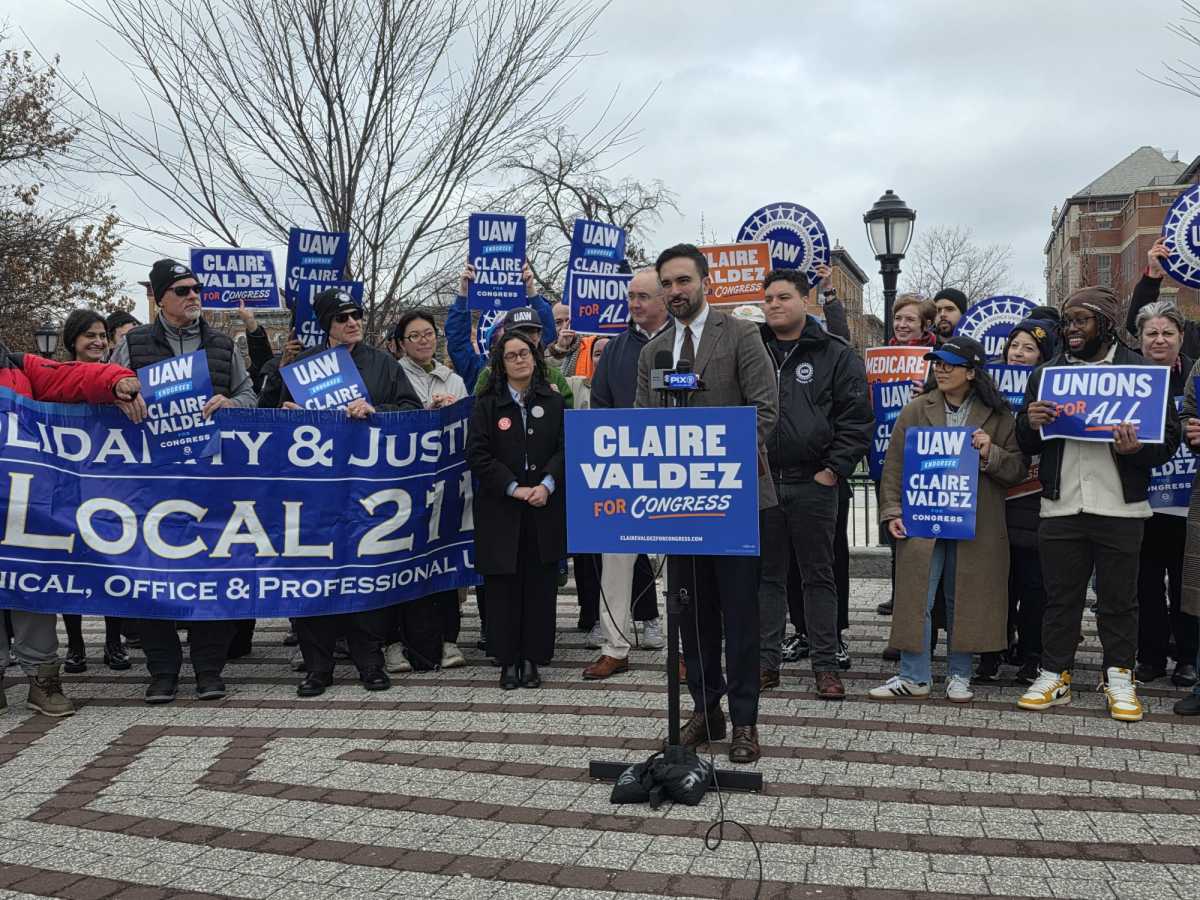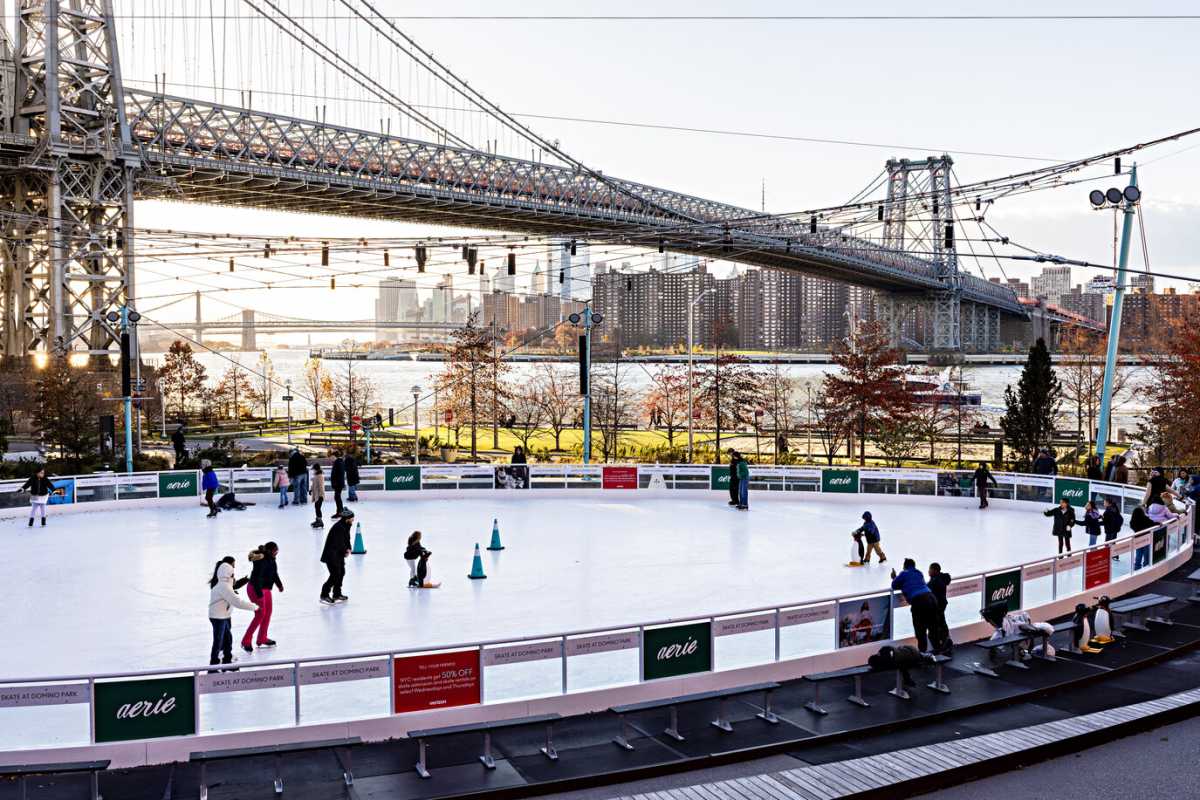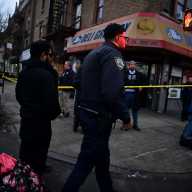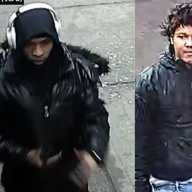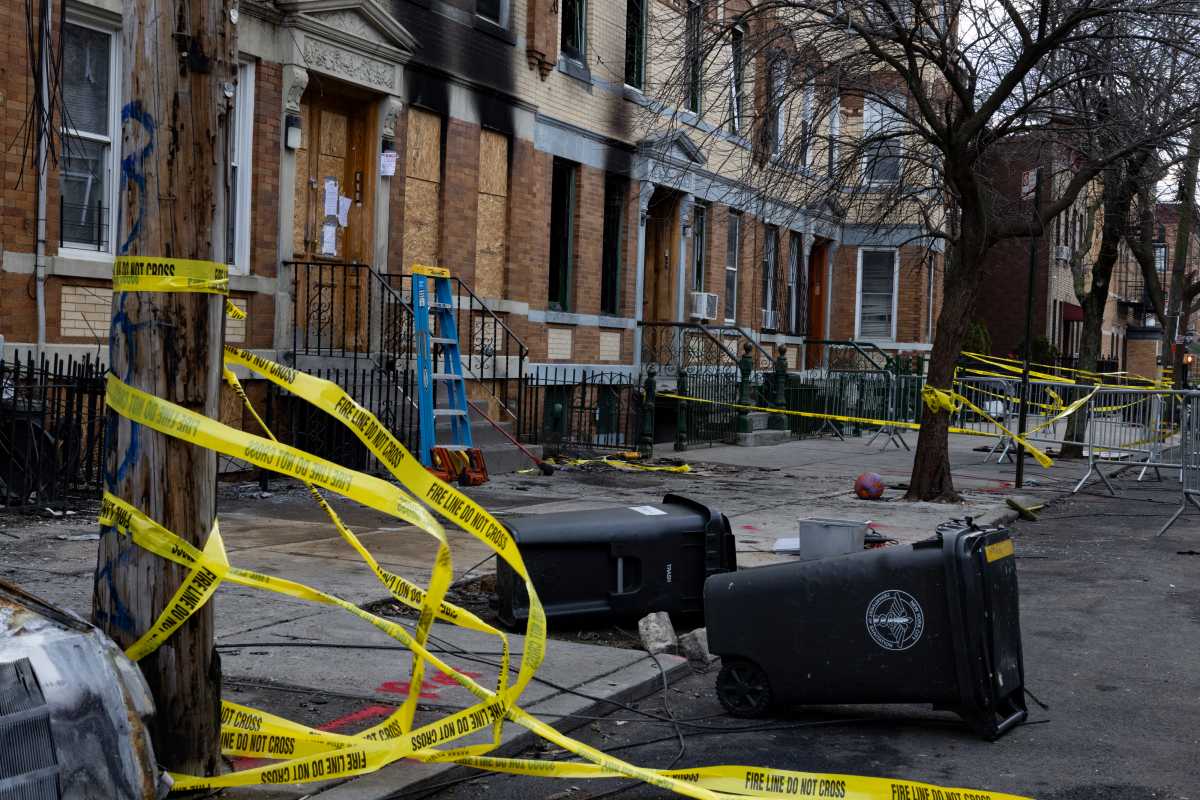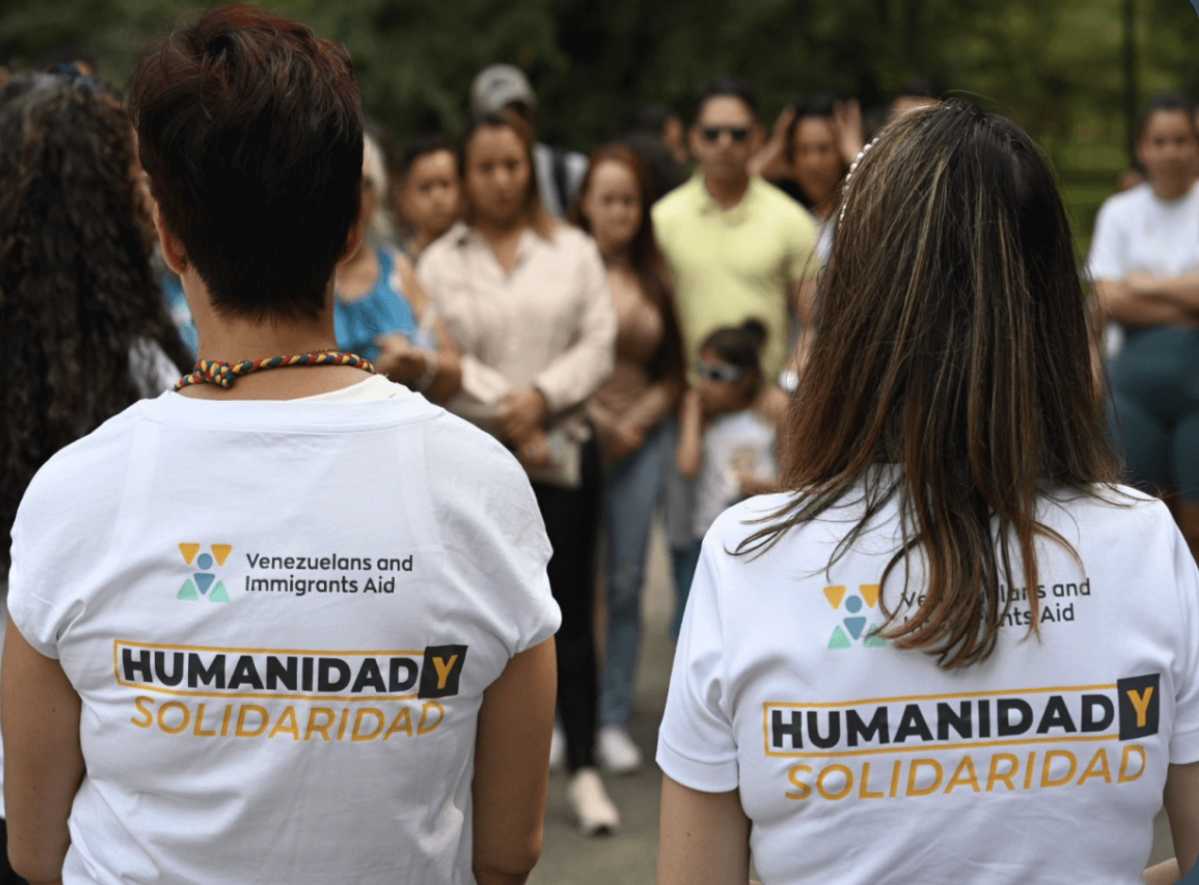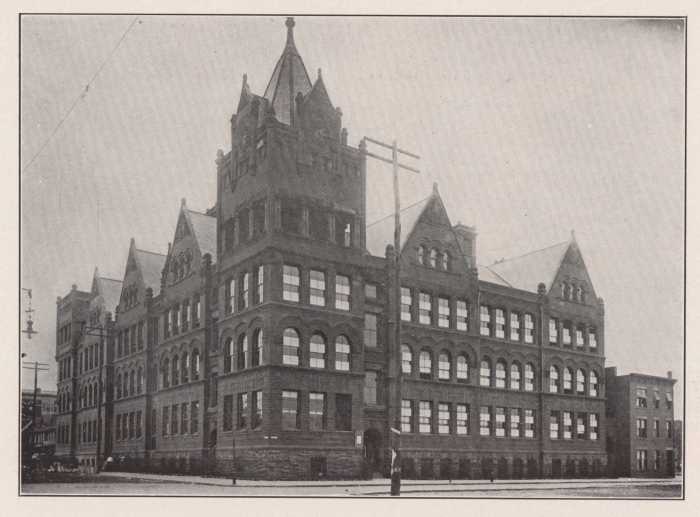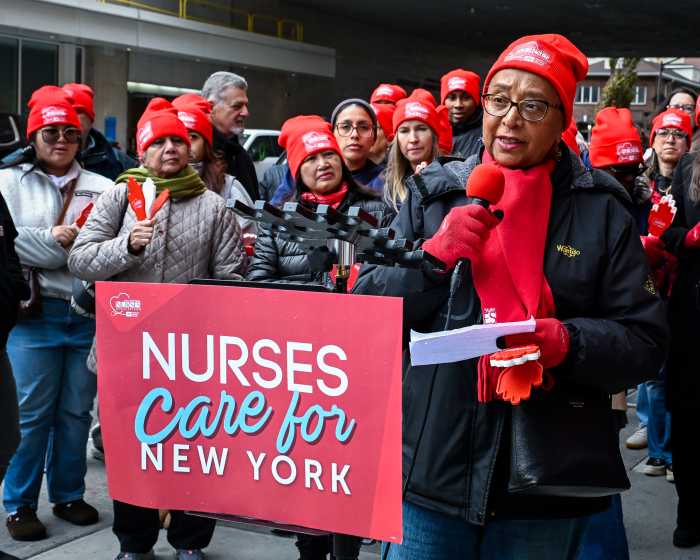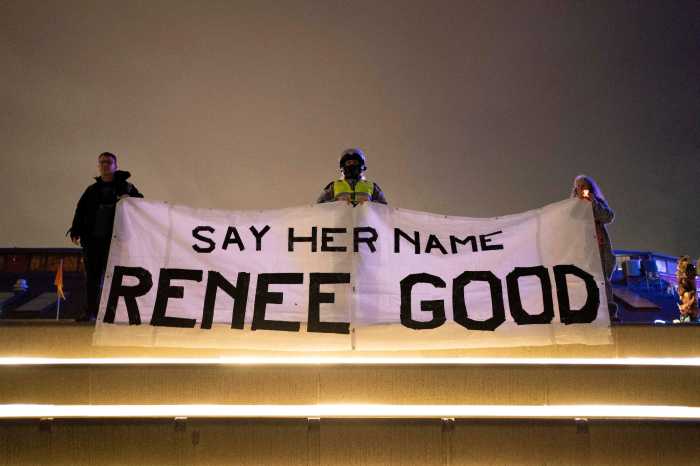Traffic is down, business is up and money is being made, Gov. Kathy Hochul said on Saturday, the six-month anniversary of congestion pricing in NYC.
Hochul, along with other politicians and MTA officials, said congestion pricing has come with many benefits since it launched on Jan. 5. Among those benefits, the governor said, is the millions in revenue made from the controversial program that charges vehicles a base toll of $9 to enter Manhattan south of 61st Street, and fewer cars on the streets in the metro area.
“Six months in, it’s clear. Congestion pricing has been a huge success, making life in New York better,” Hochul said. “In New York, we dare to do big things, and this program represents just that.”
$200M+ in revenue, 67,000 fewer cars a day
According to the MTA, Congestion pricing’s total net revenue for 2025 so far totals $219 million, and it appears on track to meet its goal of generating $500 million this year for transit improvement projects.
Since Jan. 5, officials report, there have been 67,000 fewer cars each day in the congestion relief zone, and subway ridership is up 7% from January to May this year compared to the same period in 2024. Business is “booming” in the zone, with Broadway posting its “biggest season ever” with $1.9 billion in ticket sales, the governor said.
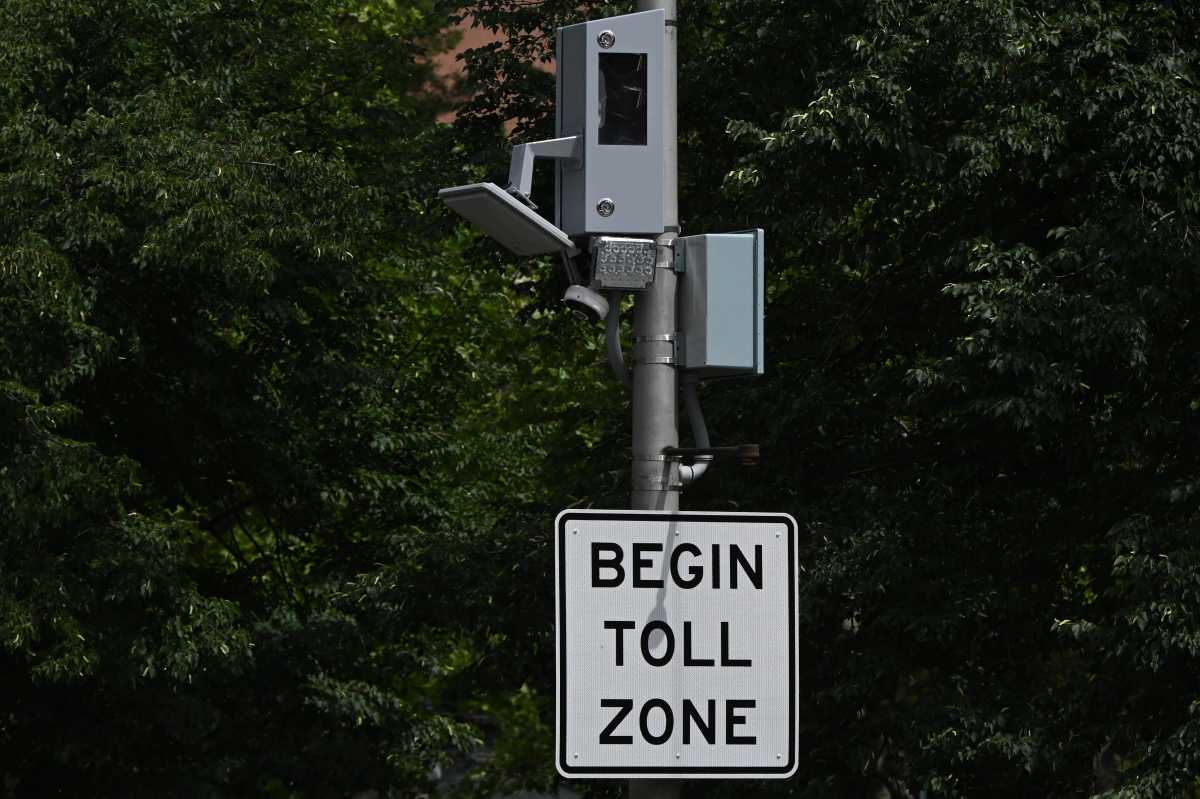
The milestones come as New York and the MTA continue their legal fight against President Donald Trump’s administration in federal court to keep the program alive.
“Traffic is down throughout the region, business is booming, transit ridership is up, and we are making historic upgrades to our transit system,” Hochul said. “We’ve also fended off five months of unlawful attempts from the federal government to unwind this successful program and will keep fighting and winning in the courts. The cameras are staying on.”
Janno Lieber, chair and CEO of the MTA, said congestion pricing is reaching its goals.
“Congestion relief is a massive success and validation of the initiative keeps pouring in. The program is achieving all of its goals in terms of traffic reduction, increased travel speeds, safety, noise reduction and more,” he said. “And not only is congestion relief delivering all the projected benefits, and more, it’s also proving that NYS government can effectively execute major, ambitious initiatives that improve the quality of life in ways New Yorkers notice and appreciate.”
Six months of congestion pricing: What do New Yorkers think?
But are New Yorkers, in fact, noticing and “appreciating” congestion pricing?
The reviews are still somewhat mixed, based on some of the people amNewYork spoke to for this story. Some remain convinced that it’s just a money-making scheme.
“I personally think it’s a money grab,” Mary Mattucci of Staten Island said.
Others, like Manhattan truck driver David Palermo, believe it’s done little to reduce traffic both within and outside the toll zone.
“I drive a truck in Manhattan five, sometimes six, days a week and I can tell you for a fact that it takes anywhere from an hour to an hour and a half to get from 80th Street and Second Avenue to Houston and Second Avenue,” the driver described. “If you’re lucky you might make it in an hour on a good but very rare day.”
But one taxi driver parked by the 7 line in Queens had a pretty simple response to whether he is noticing traffic improvements.
“It’s ok,” he said.
Danny Pearlstein, policy and communications director at the Riders Alliance, said that the program is working beautifully on city streets by cutting traffic and funding transit.
“It’s increasingly popular among the people most familiar with it, and polls best of all with drivers who regularly pay the toll,” he said. “The MTA has already raised hundreds of millions of dollars to fix the subway. When the knives are out for New Yorkers’ way of life in Washington, our own leaders are proving that government can work for the people and that we can have the reliable trains and accessible stations that we need and deserve.”
He also touted the program’s environmental benefits while jabbing at New Jersey Gov. Phil Murphy, who has taken legal action against congestion pricing while refuting the possible benefits of the tolls.
“Traffic armageddon hasn’t descended on surrounding communities either,” Pearlstein said. “Instead, fewer car trips within the zone has translated to less traffic and better air quality on major approaches to Manhattan for miles around. Some of the biggest beneficiaries are in New Jersey, though you won’t hear Gov. Phil Murphy own up to it just yet.”
Filippa Grisafi, an express bus advocate from Staten Island, said she has not noticed any difference in her commute, but added that buses were getting serviced for repairs less often, leading to slower trips.
“Our commute times have actually increased due to the longer waits because drivers have no buses to take. We’ve seen some wait times go back to redesign rollout times, which were unacceptable,” she said.
One MTA bus driver who covers Manhattan said he has not noticed a “big difference” in traffic under congestion pricing.
However, he explained that along his Sixth Avenue route, double parking and bike lanes are more of an issue when driving in the city.
“The problems I see causing traffic, especially going up Sixth Avenue, are double-parked trucks, sometimes on both sides of the street, causing everyone to squeeze into one lane,” he said. “That backs up traffic four to five blocks. The bike lanes are b—s—. They took away a whole driving lane and most of the bikes don’t even use them.”



